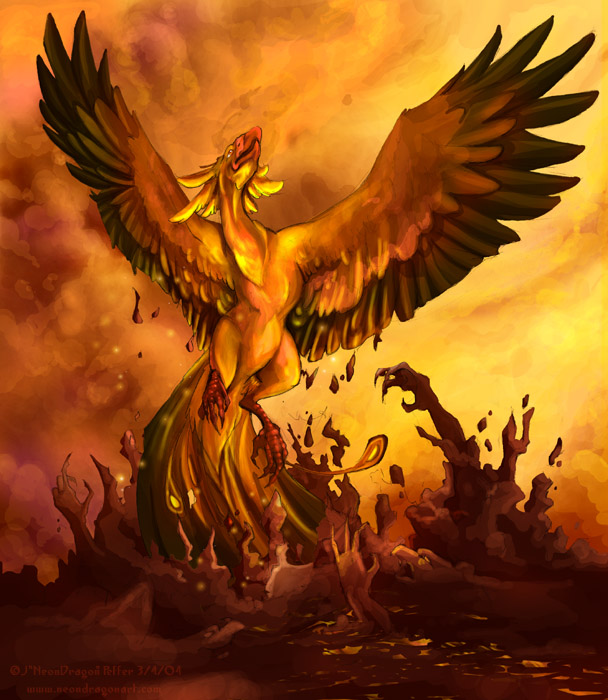This post was supposed to be an update on my mediawiki project, the Bone Collective, a collborative wiki for bioarchaeological information. At the AAPA and PPA conferences I was going to get collaborators, and from them I would be able to get content for the site. Instead of working towards the alpha launch of the project I’m learning to embrace the F-word: Failure.
I didn’t fail in a technical sense. The beast of mediawiki has already been reigned in and is under my control. However, what I failed to realize was that the project itself was not something that the bioarchaeological world would help with or even really wanted. Sadly my vision for a communal space for bioarchaeological knowledge cannot be operationalized. The overwhelming responses to the project was that that while they may want to help with the project they didn’t see the overall benefit. Responses from graduate students were primarily that they wouldn’t trust a community sourced resource over peer reviewed scholarly reports. This first issue is just a snippet of the larger problem of introducing digital mediums into traditionally non-digital fields, the problem of the introduction of new scholarly models of communication. For a summary of some of the issues see Fitzpatrick’s article on the Digital Humanities. As she states, there is a ‘creative tension’ between old scholars and new ideas. The second issue was a lack of time to dedicate to writing up a section or editing others. The project was going to require that authors write up sections of the wiki, and while these aren’t extensive they would have required a fair amount of time to write and properly reference. Third, was that they felt if I did have digital skills that these would be put to better use on other projects.
The implication of this response didn’t truly hit me until we had our next Cultural Heritage Informatics fellows meeting and I realized that I no longer had a project to report on, the mediawiki I had created was ready for content that would not be coming. I reported to the fellows my failure to operationalize my vision, my failure to convince others the worth of the project.
But from the ashes of my failed wiki came a new idea, a new concept, a new project: an Omeka phoenix.

For my project for the CHI Initiative I am going to be creating an Omeka website for MSU’s Campus Archaeology Program. The Campus Archaeology program works to mitigate and protect archaeological resources on the MSU campus. Due to the rich history of the campus and its prehistoric beginnings, there is a high archaeological and academic value to the area.
Campus Archaeology works with multiple departments across the University to make sure that this cultural heritage is protected. Each construction project on campus that disturbs the earth is properly mitigated by CAP. Almost the entire process of completing an excavation project, from design to historical research to excavation to reporting to outreach is completed by MSU undergraduate and graduate students, advancing their education in unique ways. CAP also works to contribute to the public understanding of MSU’s cultural heritage, through contributions to academic journals, giving talks and presentations on campus, and developing outreach opportunities throughout the community. Over the past years, Campus Archaeology has done all excavation on campus prior to any construction in order to prevent loss of MSU’s past. These digs have revealed a high number of artifacts and even old campus buildings. The Saint’s Rest excavation stands as the exemplar of the work being done through the program. Saint’s Rest excavation was a dig of the first dorm building ever created on campus in the mid-19th century.
However, the problem is that the majority of information gleaned from our continuing work across campus is in site reports or spread across a number of campus websites, none of which are easy to find. The goal of my project will be to unite the archaeological research papers with the images of the artifacts to create an online museum that properly highlights the work being done by the Campus Archaeology crew. The site will have a number of exhibits discussing the various excavations that have taken place, showing the impressive history of MSU from an archaeological perspective.
The lesson from having to completely start from scratch mid-way through the fellowship is that you can often learn as much from failure as success. Not only do I get to learn a new platform, Omeka, but I checked to see whether this project would be accepted by the community prior to actually beginning it. I also learned that community sourced projects, while noble endeavors that I completely support, are not good projects for time-sensitive fellowships. I also get to work now on a project which I can see the direct tangible benefits, being a member of the Campus Archaeology team, and one that I can continue to actively work on throughout my time at MSU. The final lesson is optimism. Even in the depths of failure, I was still optimistic that I would figure things out. I think going into digital and informatics based work, optimism is important. It turns failure from an end into a beginning.